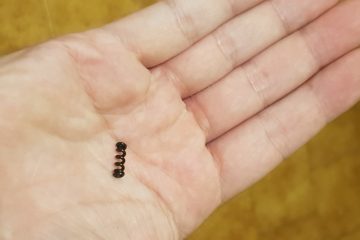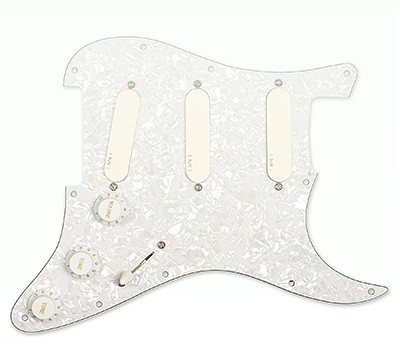Let’s talk about an important question: how do I record my self?
The microphone way VS The VST way
Choose Microphone if:
- You love analog tones
- You already have a good amp
- You know (or at least you learn) how to do it the right way
- You want a faithful reproduction of your tone
- You don’t know anything about VSTs
- You prefer buying electronic stuff rather than digital
Choose VST way if:
- You want to save time
- You want versatility (as often software includes FX with amp simulations)
- You prefer buying digital stuff rather than electronic
- You want to save money (You can get a basic setup for free)
Let’s see how both the ways work.
Microphone
First things first. What do you need?
- A good microphone (obviously)
- A microphone stand (recommended)
- A good soundcard
Recording your amp with a good microphone can really give you a faithful result, with a noticiable quality.
But you already know that anyone can find musical instruments for his pockets, it all depends on how much he decides to spend.
So let’s talk about the stuff I decided to buy.
Microphone: SHURE SM-57
After some search on the web I found out the most used microphone to do the job is the Shure SM-57
.
And it’s really a good news, because:
- It’s the choice of famous artists (And Gilmour of course)
- It’s not too expensive (you can get one with about 100€ in Italy)
- It’s really a good instrument, also for voice (And many singers used it back in the 80’s and 90’s)
All you need to know is how to set-up your microphone in front of your amp:
- Don’t set it too close to the amp, leave about 10cm (4 inches)
- Don’t set it straight to the center of the speaker: move around it, change the angle… and do some recording test, you’ll notice that sound changes a lot, because in some case you can get a brighter tone, or a darker one.
I must say I like everything about this microphone, I use it even for singing with the band (as Gilmour did in 1994 PULSE).
Soundcard: Focusrite Scarlett 2i2
After more digging on the web, I found out the Scarlett (many models) soundcards are the most used by musicians.
It seems that Scarlet preams are very good quality, in fact they allow you to record at 24bit (use the right driver though).
In this case I had more choices: Scarlett Solo, Scarlett 2i2, Scarlett 2i4.
Where’s the difference? It’s all about inputs and outputs (all this soundcards have the USB output obviously):
- Solo has 1 XLR input, 1 Jack input and RCA output
- 2i2 has 2 combo inputs (XLR+Jack) and 2 jack outputs
- 2i4 has 2 combo inputs (like 2i2), 2 jack outputs and 2 RCA out (and a lot of other suff actually)
Prices go from about 100€ for Solo, 130€ for 2i2, about 170€ for 2i4. I choose the 2i2 because it has all I need and it’s affordable
.
I have to say that it’s really awesome: almost no noise and no latency issues, even with my old notebook (SSD + i5 + 6GB RAM)
VST
First things first. What do you need?
- A good soundcard
- A VST Host (a software that lets you record and run the amp and FX simulation)
The best software around for windows is Reaper. It’s easy to use, easy to configure and it has an excellent GUI that let you get the best from your project
.
At first I gave a try to the new PositiveGrid BiasFX: didn’t like it, because result is too fake and not much transparent.
I recently discovered Amplitube and I tried Amplitube 4 with some free features: that’s the right software for musitians.
The best part is that you can get the basic software (Amplitube 3 Free) for free. And it incudes a large set of FREE amps and pedals, which could already be enough to record some stuff.
But IK Multimedia did more: along with Amplitube you get Custom Shop. It’s a virtual shop, where you can find simulations of famous pedals, such as the Big Muff, the Univibe and many more! You can also find many amp and cabs like the “HiAmp”, that is a modeling based on the DR103: what could be more Gilmourish? The amp simulation costs 20€ and the cabinet (Based on Hiwatt) is about 5€.
For now there’s not a cab based on the WEM like Gilmour’s, but I think it will be in the shop sooner or later.
Conclusions
I use both ways of recording, because sometimes I don’t want to spend time, I just want to plug my guitar and play, other times I want to take a faithful recording of my sound..
Il record some demos to compare results, for now you can already find something on my youtube channel


